Mangosteen Red ( Seedling )
₹399
Experience the exotic allure of the Mangosteen Red (Seedling)! This tropical fruit tree is renowned for its vibrant purple-red rind and deliciously sweet, juicy flesh. Cultivate this unique and rewarding plant in your own garden and enjoy the potential for fresh, homegrown Mangosteens.
28 people are viewing this product right now
🔥 12 items sold in last 3 hours
Experience the exotic allure of the Mangosteen Red (Seedling)! This tropical fruit tree is renowned for its vibrant purple-red rind and deliciously sweet, juicy flesh. Cultivate this unique and rewarding plant in your own garden and enjoy the potential for fresh, homegrown Mangosteens.
Key Features & Benefits
- Unique and Exotic: A rare and highly sought-after fruit tree, adding a touch of the tropics to any garden.
- Delicious Fruit: Produces delectable Mangosteens with a sweet, tangy flavor and refreshing aroma.
- Ornamental Value: Features attractive, glossy leaves and can be grown as an ornamental tree even if it doesn’t fruit.
- Potential for High Yields: With proper care, this seedling can develop into a productive tree yielding abundant harvests.
- Health Benefits: Mangosteen is rich in antioxidants, vitamins, and minerals, promoting overall well-being.
Plant Care Guide
Ideal Plantation Locations
Mangosteen trees thrive in warm, humid tropical climates with consistently high temperatures and ample rainfall. They prefer well-drained, fertile soil rich in organic matter. Suitable regions include Southeast Asia, tropical parts of South America, and tropical islands.
Planting & Gardening Instructions
- Location: Choose a sheltered location with partial shade, especially during the hottest parts of the day.
- Soil Preparation: Prepare the soil by incorporating well-rotted compost or organic matter to improve drainage and fertility.
- Planting: Plant the seedling at the same depth it was growing in the nursery pot. Gently firm the soil around the base.
- Spacing: Allow ample space between trees, typically 15-20 feet, to accommodate their mature size.
Watering
Water the seedling regularly, especially during dry periods. Maintain consistent moisture but avoid overwatering, which can lead to root rot.
Fertilizers
Fertilize the tree regularly during the growing season with a balanced, slow-release fertilizer. Apply organic fertilizers like compost tea or fish emulsion for optimal nutrient uptake.
Repotting Instructions
Re-pot young seedlings annually into slightly larger containers to accommodate their growing roots. Use well-draining potting mix. For mature trees planted in the ground, re-potting is generally not necessary.
Fruiting Season
Mangosteen trees typically begin fruiting 5-7 years after planting. Fruiting season varies depending on the specific cultivar and climate.
Usage Ideas
- Homegrown Fruit: Enjoy the delicious taste of fresh, homegrown Mangosteens.
- Ornamental Tree: Cultivate as an attractive ornamental tree in tropical gardens and landscapes.
- Gifting: A unique and thoughtful gift for gardening enthusiasts and tropical fruit lovers.
Care Tips
- Pest and Disease Control: Monitor for pests like scale insects and diseases like anthracite.
- Pruning: Prune lightly to shape the tree and remove any dead or crossing branches.
- Mulching: Apply a layer of organic mulch around the base of the tree to conserve moisture and suppress weeds.
Only logged in customers who have purchased this product may leave a review.
₹149
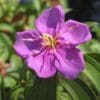
Related products
Designed, Developed & Maintained by Growww.
Copyright © 2024 Ashok Chakra Nursery

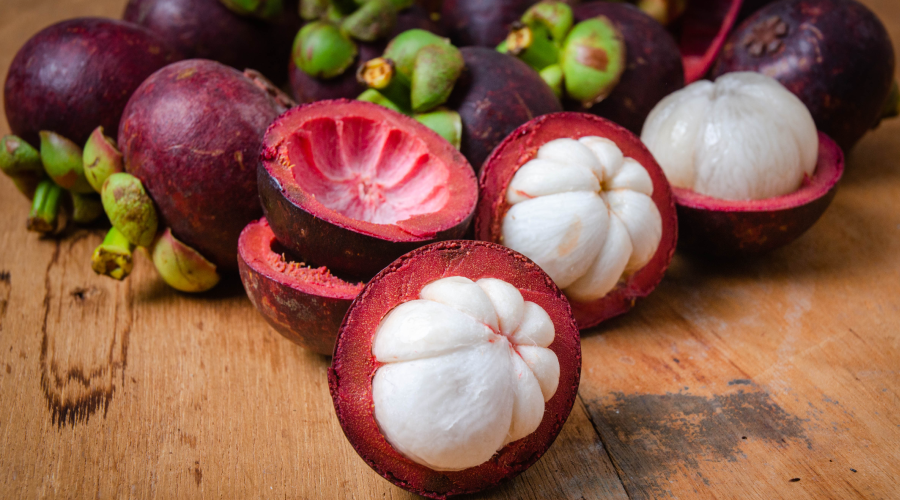
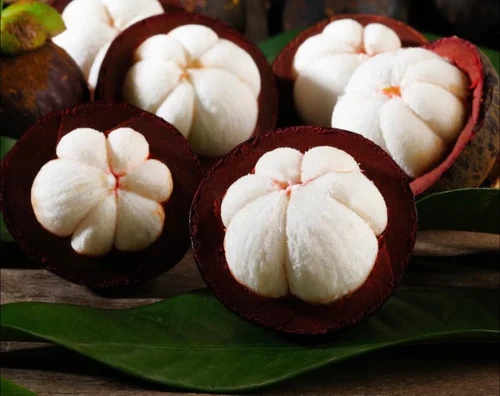
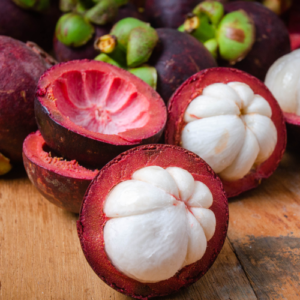
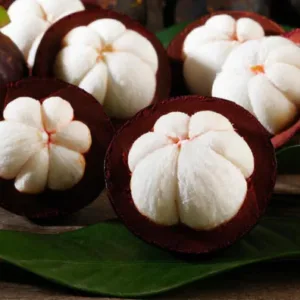


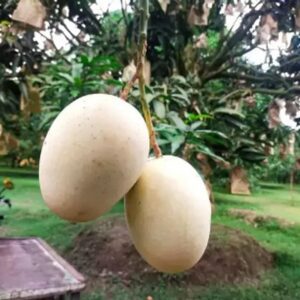
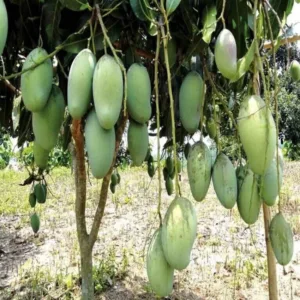
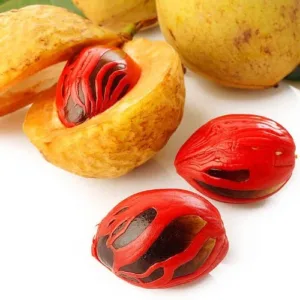
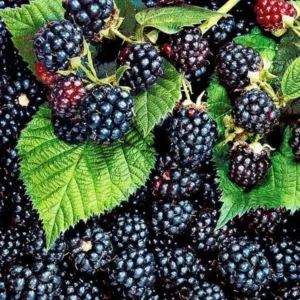
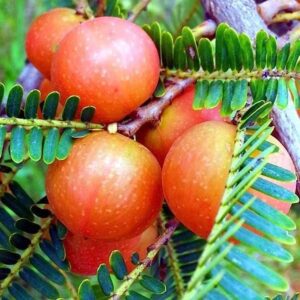
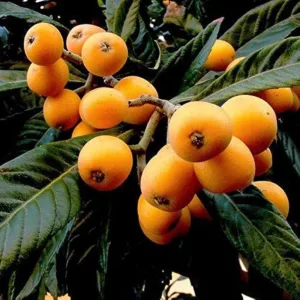
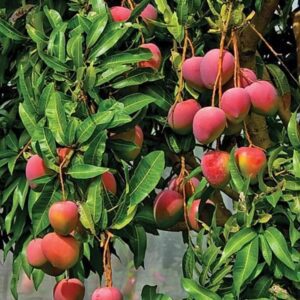
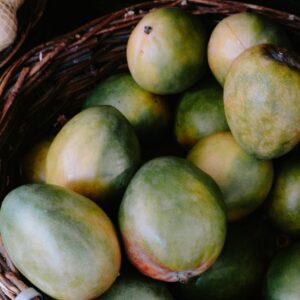

Reviews
There are no reviews yet.